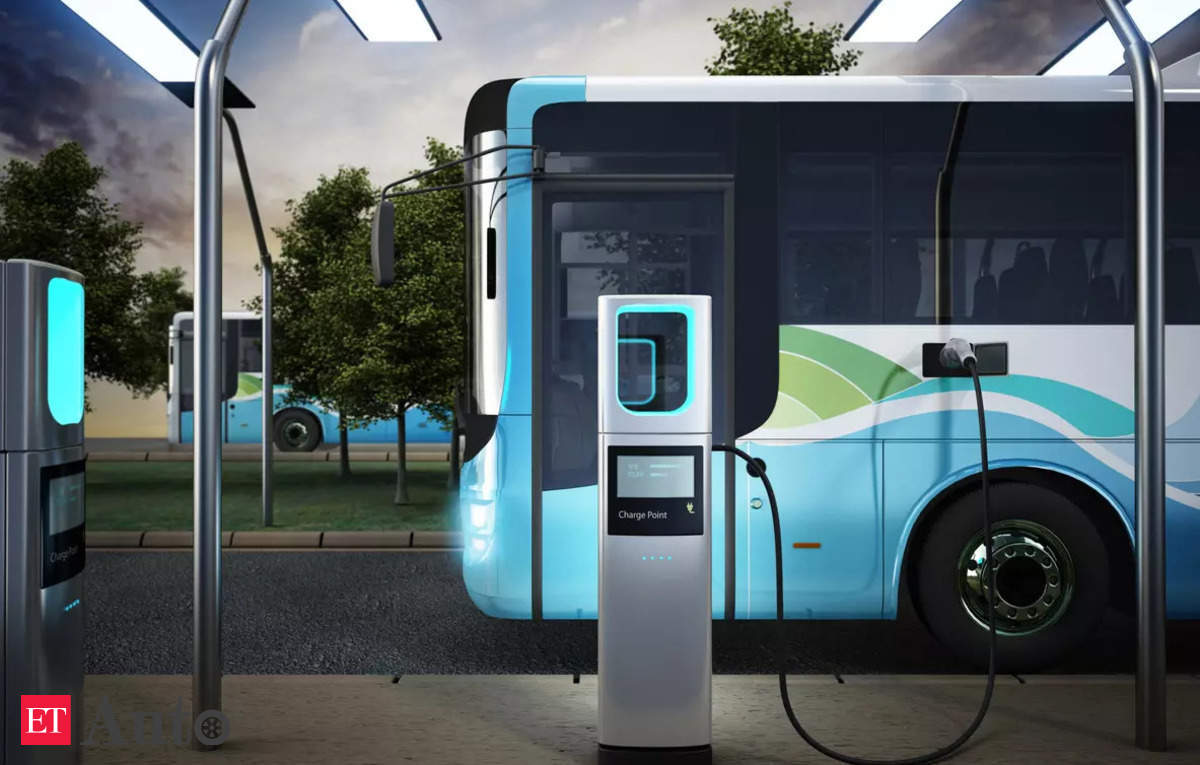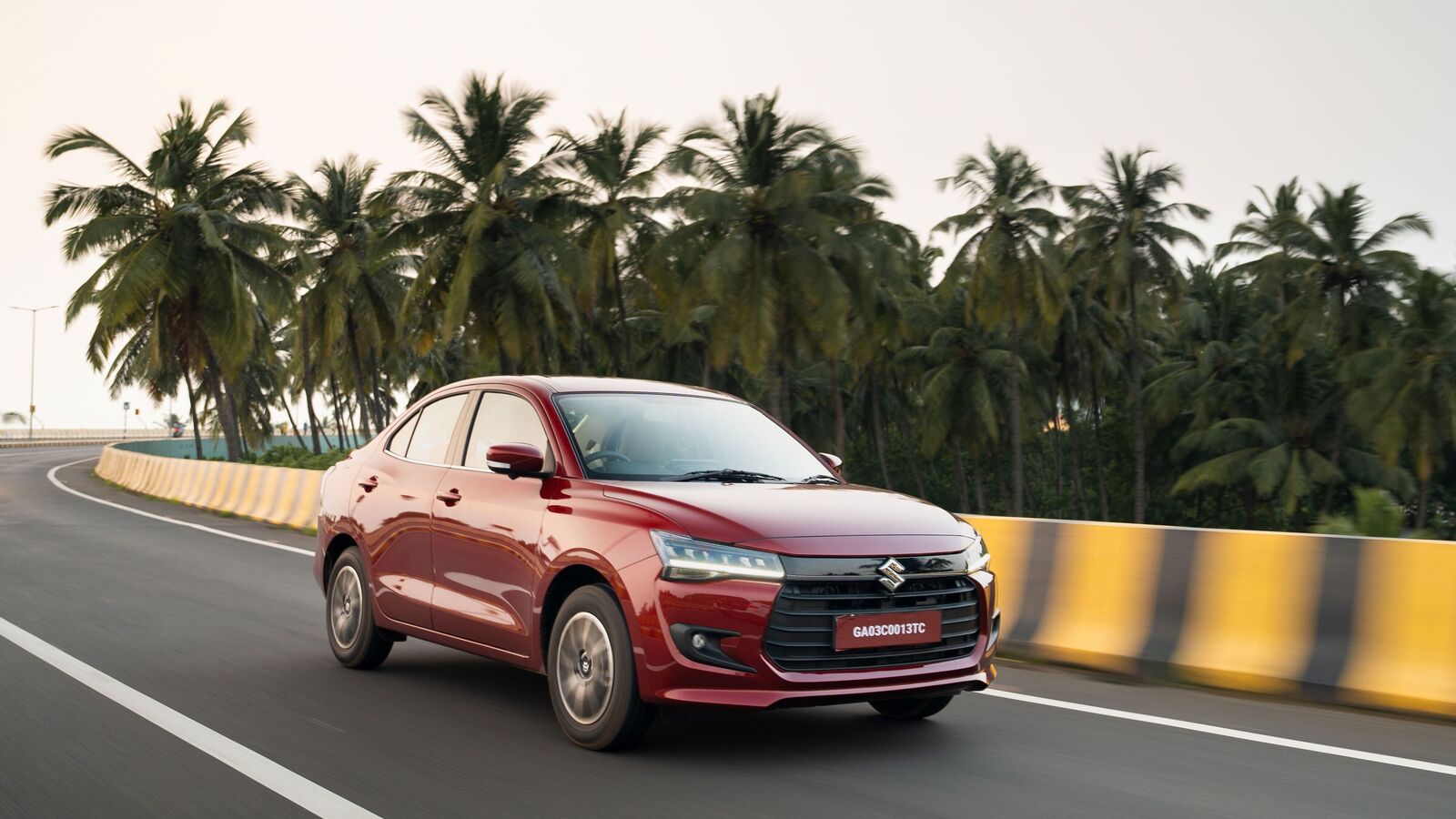A quick look at the main streets of Delhi and you can see shiny new electric buses rolling on the streets. The same is true of Bangalore and Mumbai. While this is only the beginning of a possible revolution in the transition to clean mobility, Delhi is already world two when it comes to electric buses, and Bangalore’s fleet is almost 35% electric. The same is the case with so many other cities and states that are slowly but surely converting to electric vehicles.Two years ago, India had less than 1000 eBuses on the road. Today, there are 5700 in operation, and another 7000 in various stages of contracting and delivery. After the success of the Grand Challenge tender that aggregated demand of 5500 electric buses across state transport utilities and homogenized the tender conditions into providing mobility as a service, India’s electric bus program became a thing. The then CEO of NITI Aayog Amitabh Kant was quick to up the target to 50,000 eBuses, a number that today has become common parlance in documentation, regularly quoted in conversations and the press.The first set of buses targeted state utilities of the country’s biggest cities with the centre offering a substantial subsidy. The second such major tender towards the end of 2022 went through even without a subsidy – prices were competitive enough that States still opted for the buses. Since then, plans to scale have gotten more ambitious and more challenging.
The recently introduced PM e-Bus Sewa scheme can be easily classified as a defining moment in India’s efforts to transform transportation towards green – this time, turning attention to India’s smaller cities. The scheme seeks to accelerate the deployment of electric buses by providing financial support in meeting the operating costs, for up to 10,000 buses in the relatively smaller cities of the country.
The requirement is that the electric buses be operated by private parties, who would be procured centrally to allow demand aggregation and the benefits of scale economies. In fact, 10,000 is a relatively small number as the number of buses operating is over 800,000 and in the next 8-10 years there is the possibility of having over 500,000 electric buses at a minimum.
The scheme also makes thoughtful considerations for other enabling features, many of which could otherwise have become the Achilles Heel for eBus deployment. For example, recognizing the need to upgrade depots and install capital intensive charging infrastructure, funds have been reserved for states to set these up at depots as costs would not have been provisioned for in a diesel bus scenario. A payment security mechanism for long term contracts has been integrated given operators fears of not getting paid. Funds will be allocated on a competitive “challenge” basis.
But despite all these merits, the distance between a well-designed scheme and its implementation can be vast. While all such bold steps are welcome, we must also pay attention to the tiring and long term job of reforming our state transport utilities into modern-day enterprises that are fit for purpose. At least five such steps are needed, each of which is a major transformation.
One, contracts must be digitized. Government agencies, particularly at the state and city levels, are notoriously slow to pay their bills since low-level officials use invoices as an opportunity for rent-seeking. Even large companies find it difficult to get paid for their services from government agencies. Electronic ticketing would be the second need in this category.
Second, private operators have largely offered unstructured services in smaller cities or services on inter-city routes. Operating structured city services is a complex task and needs new skills – something that most transport utilities do not have. Operating electric buses needs considerable re-thinking in terms of route design, given the likely need for time consuming midday charging. This can be a very different cup of tea from operating diesel buses, which do not face the constraint of refuelling in the middle of the day.
Third, not all states and cities have transport utilities. Cities that do not have such entities and have only had unstructured private operated services, will have to set up new entities to assume the role of regulation and facilitation. This will take time and many layers of approvals.
Fourth, close monitoring of operations will be needed to prevent disputes. Small issues that run into disputes, especially amongst lower level officials, often end up getting escalated to top management for decisions and resolving, losing precious time in the process.
A sound IT based performance monitoring system should be in place which collects data from the operating level buses and transmits it to the management level in the operating entity as well as the regulating entity (if there is one). (It is a separate and another longer term matter that transport may need regulators.) Standard protocols for data collection and management should come into place across the country.
And finally, last but not the least, cities where existing state transport utilities are purchasing mobility as a service rather than purchasing buses and managing them, will have to equip themselves from being operators to becoming regulators and facilitators. This needs not only a very different skill set, but also a whole change in mindset – one that gets comfortable with purchasing “services” as opposed to “owning things”. These utilities will over time also need to deal with considerable workforce that will become surplus and will need re-skilling and re-deployment.
Clearly, all these initiatives will need aggressive capacity building programs to equip and enable both private sector operators as also the public sector regulators. While the private operators will need to better understand complex skills like bus and crew scheduling, public sector regulatory agencies will need to better understand the complexities of demand estimation, route and network design, procurement and monitoring. Well thought-out voluntary retirement schemes may need to be offered to those utilities than can afford to pay out and resize themselves.
The Government of India will do well to start working on each of these in a systematic manner to ensure that a well thought out and transformational program does not suffer for want of institutional capacity.






